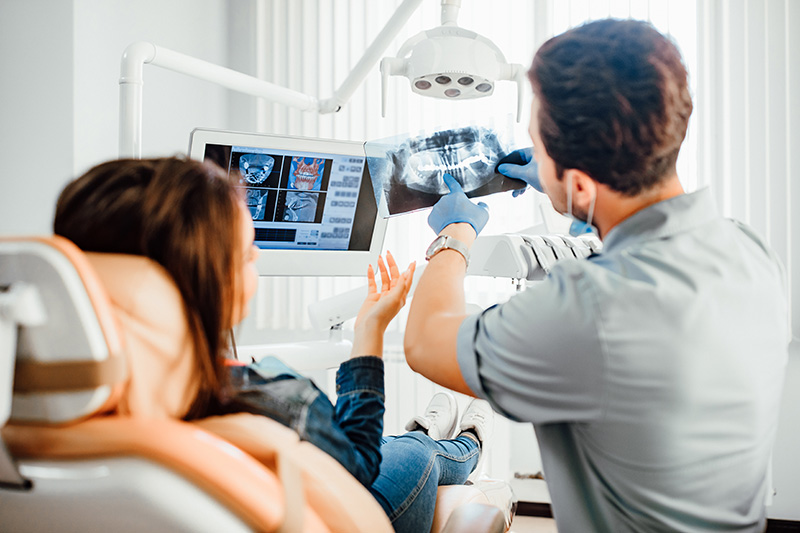Can I Deduct Dental Expenses?
May 09, 2023 by Karen Thomas-Brandt, EA
Check-ups, x-rays, fillings, and root canals. They can all be painful and, to make it even worse, expensive! So, you ask yourself, “Can I deduct dental expenses on my tax return?” Unfortunately, the answer is not straightforward.
Dental expenses, if they are qualifying, can be included on Schedule A, Itemized Deductions, Line 1, Medical and Dental Expenses, subject to a 7.5% Adjusted Gross Income (AGI) floor. Qualifying (deductible) dental expenses include:
- Preventative procedures, such as teeth cleaning, fluoride treatments, x-rays, and application of sealants.
- Restorative procedures, such as fillings, crowns, and other dental procedures to repair damaged teeth.
- Orthodontic procedures, such as braces.
- Prosthetic care, such as dentures and bridges.
- Other dental expenses, such as prescription medications, anesthesia, and travel expenses.
Non-qualifying (non-deductible) dental expenses include cosmetic procedures, like teeth whitening. Any reimbursements from insurance or amounts paid with pre-tax dollars (such as a flexible spending account) must be subtracted from your qualifying expenses as well.
If you spend enough on qualifying dental expenses (combined with your medical) and your total itemized deductions exceed the standard deduction for your filing status, you may be able to deduct your dental expenses.
Let’s look at an example:
Sandy, a single taxpayer with an adjusted gross income of $70,000, incurs and pays the following dental expenses in 2022:
- Dental check-up: $100 (covered by insurance)
- X-rays: $300 ($100 covered by insurance)
- Filling: $500 ($150 covered by insurance)
- Braces: $4000 (before insurance reimbursement of $1,500)
- Dental veneers (for cosmetic purposes): $10,000
Of these expenses, all but the dental veneers are deductible. After insurance reimbursements, the total deductible amount of dental expenses is $3,050 ($4,900 total qualified expenses less $1,850 reimbursed by insurance). To meet the 7.5% of AGI floor for medical/dental expense deduction ($70,000 x 7.5% = $5,250), Sandy would need another $2,200 ($5,250 - $3,050) in dental and/or medical expenses before she can deduct any medical/dental expenses. Additionally, as a single taxpayer, Sandy’s standard deduction for 2022 is $12,950. For Sandy to optimize her total deduction, she would need to have at least $12,951 in itemized deductions (a combination of her dental (and medical) expenses, taxes paid, interest paid, charitable contributions, casualty and theft losses, and other miscellaneous deductions).
As you can see in the above example, it can be difficult to reach the dollar amounts that allow you to deduct dental expenses, but it is possible. Tax Tip: If you have a year in which you have large out-of-pocket medical and/or dental expenses, that might be a good year to pay other qualifying dental (or medical) expenses you may have been putting off, such as a tooth extraction, in order to get yourself to the threshold amount that allows for a deduction. Another point of note, you cannot deduct any expenses until they are actually paid; therefore, if you have incurred (qualifying) dental expenses but have not yet paid them (maybe because you are on a payment plan), you can only deduct the expenses that you have paid (paying by credit card counts as being “paid”).
As with all documentation used in your tax return preparation, be sure to hold on to your dental invoices and proofs of payment in case you are ever audited. If you are audited and have an Audit Defense membership, be sure to report your audit to us so we can get started defending your case.





